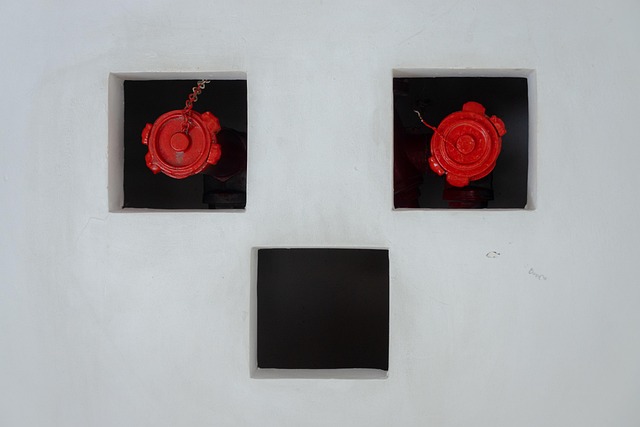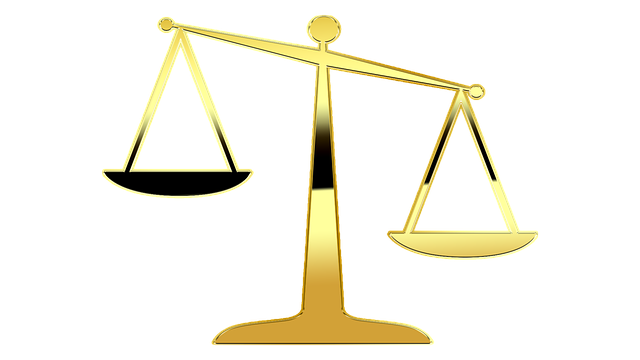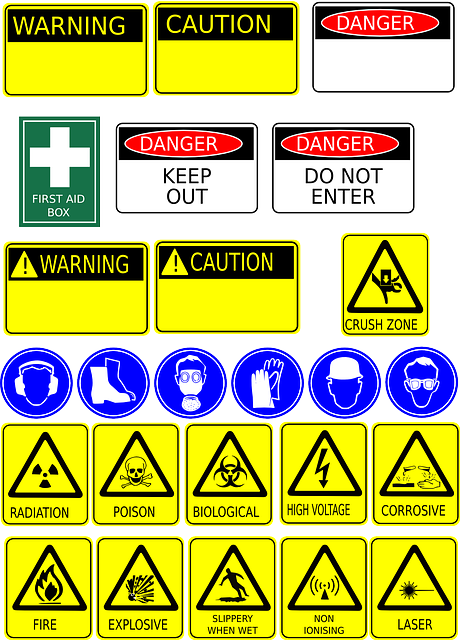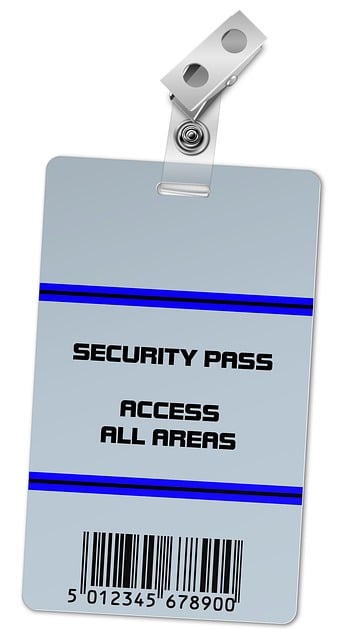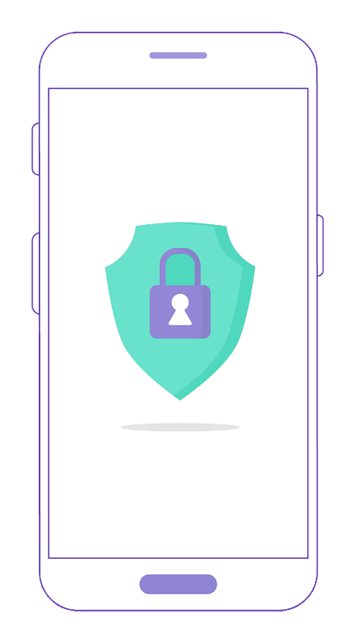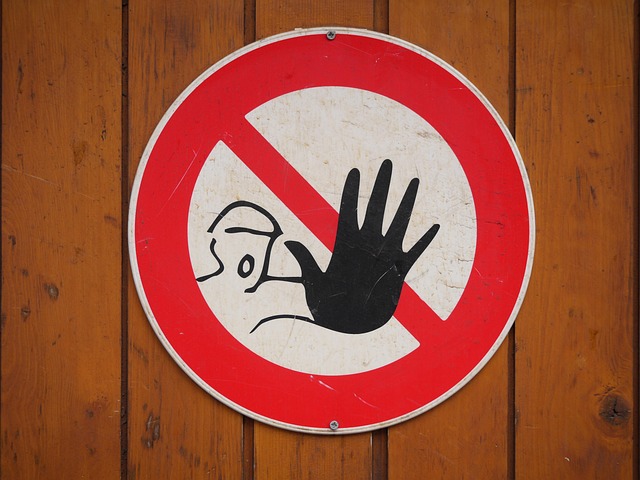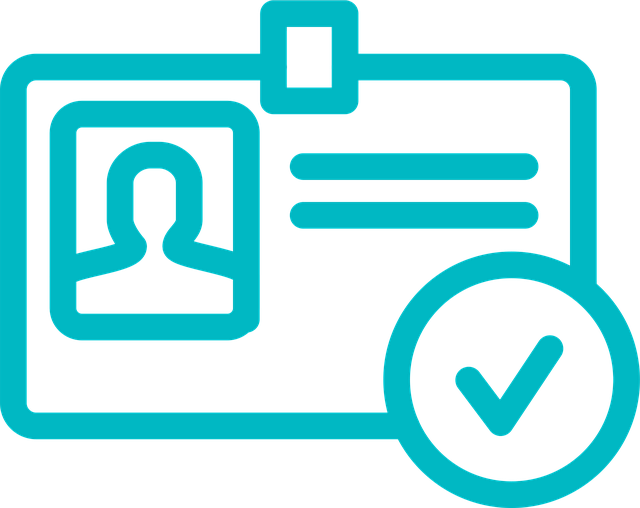TL;DR:
Background checks are vital for patient safety in healthcare, ensuring qualified and competent professionals. Comprehensive screening includes verifying medical licenses, work history, education, and disciplinary records. This process, known as healthcare professional screening or medical background verification, prevents malpractice, protects patients, and fosters high standards of care by upholding the integrity of the healthcare workforce. Accurate medical license verification is key, confirming credentials' legitimacy to mitigate risks associated with outdated or fraudulent documentation.
In today’s healthcare landscape, ensuring safe and quality patient care is paramount. Background checks play a pivotal role in upholding high standards by thoroughly vetting healthcare professionals. This article delves into the critical aspects of background checks in healthcare, exploring how they safeguard patients through comprehensive screening processes. From verifying credentials and uncovering potential risks to protecting vulnerable populations, we examine the impact of accurate medical license verification on enhancing healthcare quality and fostering public trust.
- The Role of Background Checks in Healthcare: Ensuring Safe Patient Care
- Healthcare Professional Screening: Verifying Credentials and Competence
- Medical Background Verification: Uncovering Potential Risks and Red Flags
- Patient Safety Checks: Protecting Vulnerable Populations in Healthcare Settings
- Healthcare Employment Screening: A Comprehensive Approach to Hiring Qualified Staff
- The Impact of Accurate Medical License Verification on Healthcare Quality
The Role of Background Checks in Healthcare: Ensuring Safe Patient Care
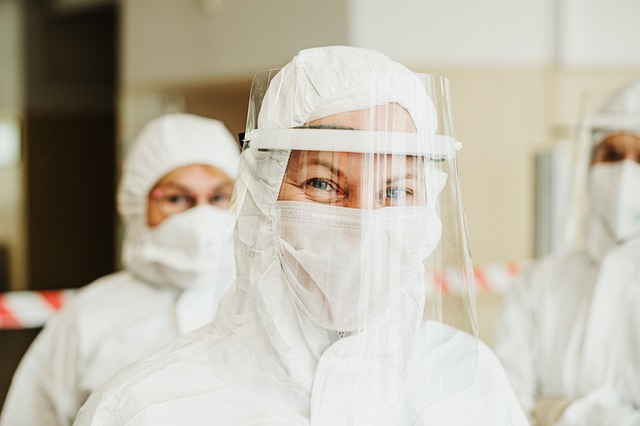
Background checks play a pivotal role in upholding standards and ensuring safe patient care within healthcare services. These crucial procedures, often referred to as healthcare professional screening or medical background verification, involve meticulous scrutiny of individuals seeking roles in this vital sector. By verifying healthcare worker credentials and conducting patient safety checks, organizations can mitigate risks associated with unqualified or potentially dangerous personnel.
The process encompasses rigorous healthcare employment screening, encompassing medical license verification, past work history, education, and any disciplinary actions. This comprehensive approach helps maintain the integrity of the healthcare workforce, ensuring that only competent and trustworthy professionals interact with patients. Effective background checks are a cornerstone in fostering a culture of safety and quality within healthcare institutions.
Healthcare Professional Screening: Verifying Credentials and Competence

Background checks play a pivotal role in ensuring patient safety and maintaining high standards within the healthcare sector. One of the critical aspects is the meticulous process of healthcare professional screening, which involves verifying the credentials and competence of medical practitioners. This rigorous screening entails thorough background verification, including medical license checks, educational qualifications, and any past employment records. By cross-referencing these data points, employers can ensure that only qualified and competent individuals gain access to sensitive patient information.
The process goes beyond simple paper verification. It includes comprehensive checks on medical licenses, which are essential to confirm ongoing professional proficiency and adherence to ethical standards. Additionally, background screening may uncover potential red flags or disciplinary actions, ensuring patients receive care from trustworthy and reliable healthcare workers. This proactive approach to healthcare professional screening is a vital defense mechanism against malpractice and contributes to fostering a culture of integrity and excellence in medical practices.
Medical Background Verification: Uncovering Potential Risks and Red Flags

Medical Background Verification plays a pivotal role in ensuring patient safety and maintaining high standards within healthcare services. This process involves meticulous screening of healthcare professional’s credentials, work history, and medical licenses to uncover potential risks or red flags. By delving into their past, organizations can identify issues such as malpractice lawsuits, disciplinary actions, substance abuse problems, or unethical behavior. These insights are crucial for assessing the suitability and integrity of candidates joining the healthcare team.
Background checks act as a robust defense mechanism against compromised care. For instance, verifying a medical license ensures the practitioner is authorized and qualified to provide services. Similarly, checking employment history through healthcare worker screening reveals patterns of malpractice or abrupt job changes, hinting at potential concerns. Patient safety checks go beyond basic qualifications; they investigate any red flags that could impact a healthcare professional’s ability to deliver quality care without endangering patients’ well-being.
Patient Safety Checks: Protecting Vulnerable Populations in Healthcare Settings

Background checks play a pivotal role in ensuring patient safety within healthcare settings by rigorously screening and verifying the credentials of healthcare professionals. These checks, often referred to as healthcare professional screening or medical background verification, involve thorough evaluations of an individual’s history, qualifications, and any potential risks they may pose to patients. By implementing robust healthcare worker credentials verification processes, institutions can safeguard vulnerable populations and maintain high standards of care.
Patient safety checks are particularly crucial when considering the diverse range of healthcare workers interacting with patients daily. From physicians and nurses to support staff, each individual must meet strict criteria to protect patient well-being. Healthcare employment screening includes verifying medical licenses, checking for any disciplinary actions, and assessing potential drug or alcohol abuse issues. This meticulous process helps identify and mitigate risks, ensuring that only qualified and reliable professionals provide healthcare services.
Healthcare Employment Screening: A Comprehensive Approach to Hiring Qualified Staff

Background checks for healthcare professionals are a crucial component of ensuring high-quality and safe patient care. Healthcare employment screening involves a comprehensive approach to verifying the credentials, medical licenses, and background of prospective workers. This process is vital in mitigating risks associated with hiring untrained or unqualified staff, who could inadvertently harm patients due to their inexperience or malpractice.
By implementing rigorous medical background verification procedures, healthcare organizations can safeguard patient safety checks. These screenings encompass not just educational qualifications and certifications but also any disciplinary actions, criminal records, and past employment histories. Such a holistic review enables institutions to make informed decisions, ensuring that only the most competent individuals are entrusted with sensitive roles in patient care.
The Impact of Accurate Medical License Verification on Healthcare Quality

Accurate medical license verification is a cornerstone of effective background checks for healthcare professionals. It plays a pivotal role in ensuring patient safety by confirming the legitimacy and validity of each healthcare worker’s credentials. In an industry where mistakes can have severe consequences, thorough screening processes are essential to maintain high standards of care. By verifying licenses, employers can identify practitioners with valid, active permits, mitigating risks associated with outdated or fraudulent documentation.
This meticulous process safeguards patients by preventing potential harm from falling into the hands of unqualified or unethical providers. It fosters trust and confidence in healthcare systems, knowing that every professional has undergone rigorous scrutiny. Moreover, it empowers medical facilities to create a robust workforce, ensuring that only competent individuals access patient records and deliver critical care.

